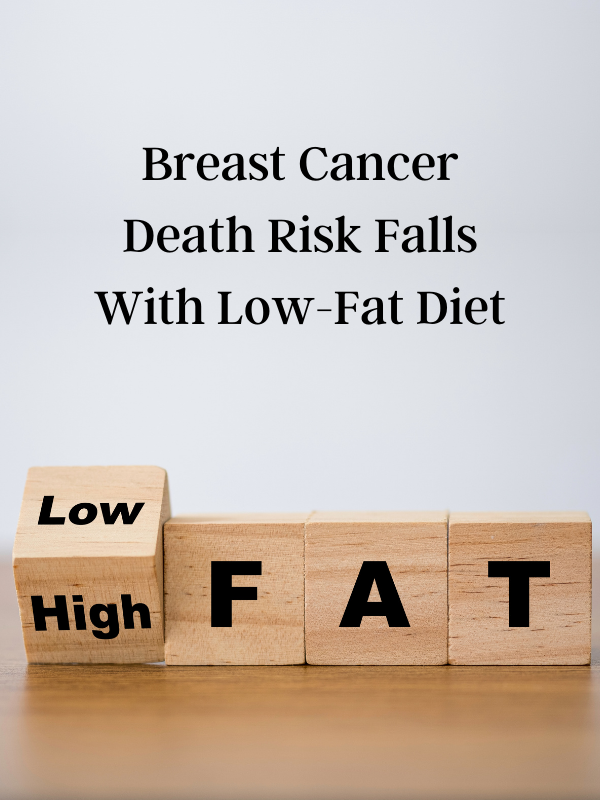
Women who consumed a balanced diet and reduced fat intake did not significantly lower their risk of developing breast cancer but were less likely to die of breast cancer, data from the Women’s Health Initiative (WHI) showed.

Women who consumed a balanced diet and reduced fat intake did not significantly lower their risk of developing breast cancer but were less likely to die of breast cancer, data from the Women’s Health Initiative (WHI) showed.

Drinking 100% fruit juices and other sugar-sweetened beverages such as soft drinks, sodas and fruit-flavored drinks was associated with increased all-cause mortality, according to findings recently published in JAMA Network Open.
Source: 100% fruit juice, soda linked to increased mortality
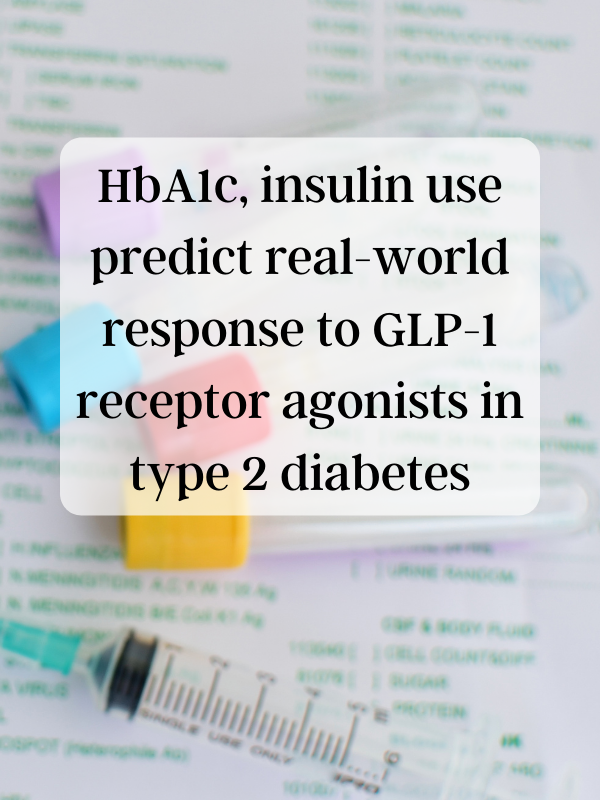
A patient’s response to GLP-1 receptor agonist therapy in type 2 diabetes depends on several pretreatment characteristics, including baseline HbA1c, diabetes duration, age and use of insulin therapy, according to a real-world analysis published in Current Medical Research and Opinion.
Source: HbA1c, insulin use predict real-world response to GLP-1 receptor agonists in type 2 diabetes
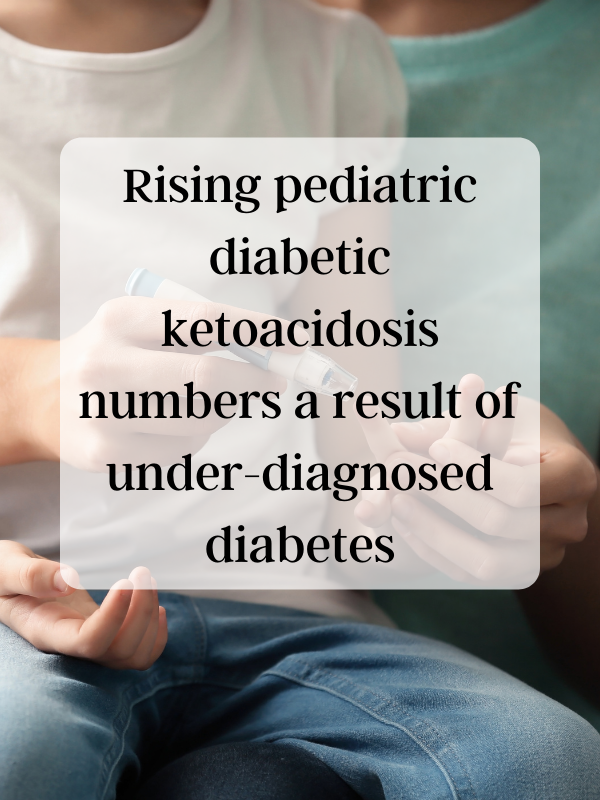
The number of children with type 1 diabetes who present with diabetic ketoacidosis is increasing by 2% per year, and this may be due to underdiagnosing of diabetes, according to findings published in CMAJ Open.
Source: Rising pediatric diabetic ketoacidosis numbers a result of underdiagnosed diabetes
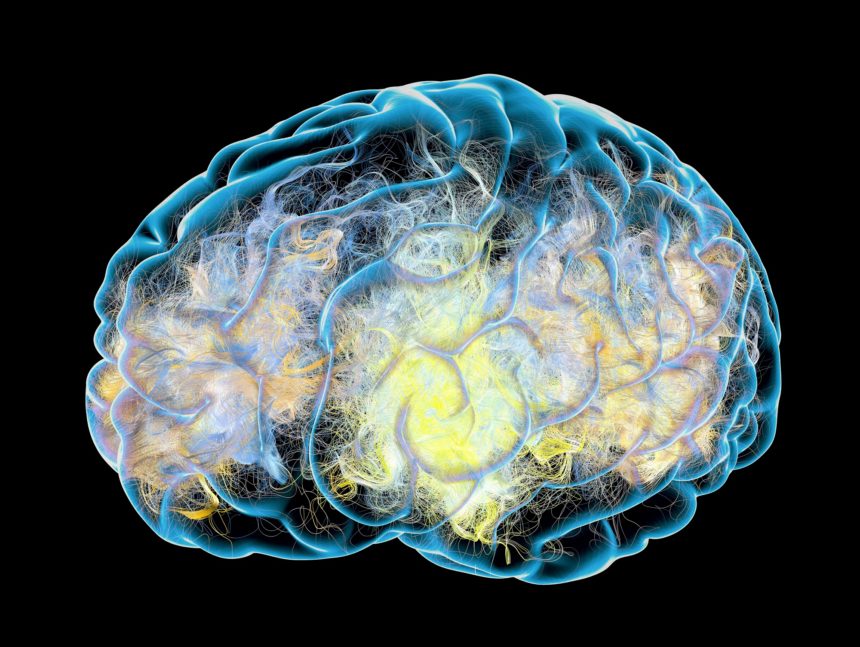
Mean fasting plasma glucose in the high-normal range during early adolescence may be associated with poorer brain health in midlife.
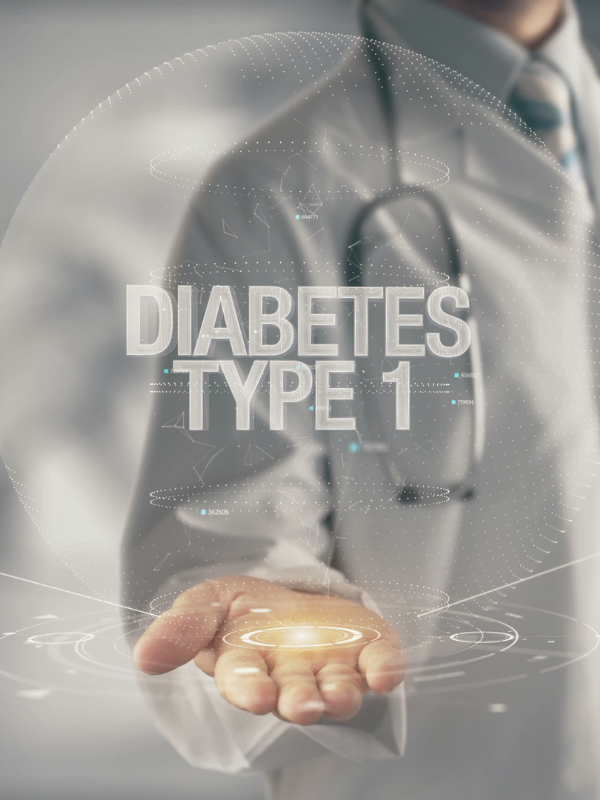
Researchers have identified three distinct patterns of dysglycemia in adolescents with type 1 diabetes using a combination of blinded continuous glucose monitoring data and machine-learning techniques, offering clinicians an opportunity to better tailor therapy, according to findings published in Pediatric Diabetes. “The study demonstrates that among adolescents with type 1 diabetes and
Source: CGM, machine learning reveal dysglycemia phenotypes in type 1 diabetes
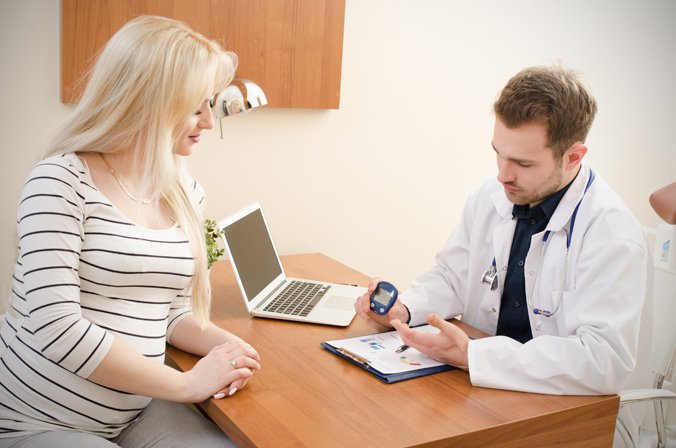
Women who take at least 400 µg per day of folic acid supplements before they become pregnant may be at lower risk for the development of gestational diabetes, according to findings published in Diabetes Care.
Source: Folic acid supplements show potential as ‘novel’ protective measure for gestational diabetes
A home oral glucose tolerance test may be able to provide sensitivity and specificity measures that compare favorably with laboratory analysis, according to findings published in Diabetic Medicine.
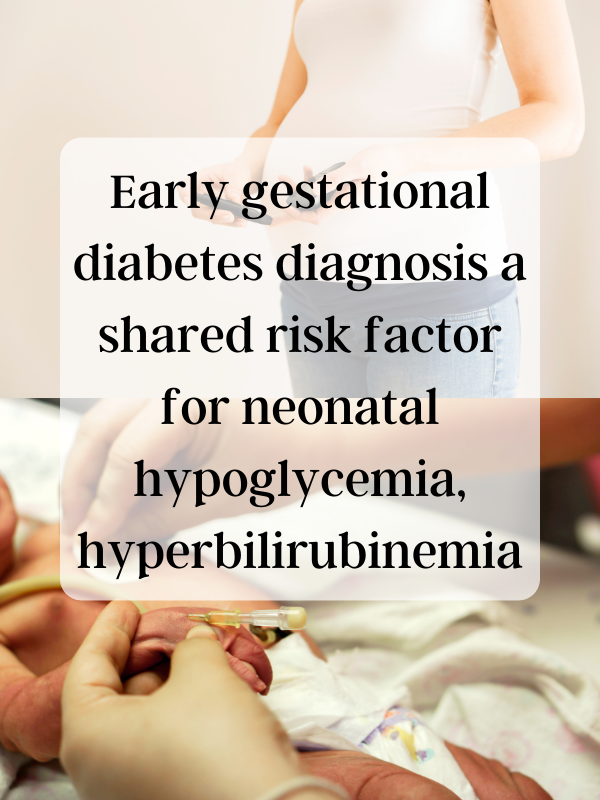
Children of mothers who meet the diagnostic criteria for gestational diabetes at an early gestational age are at higher risk for hypoglycemia and hyperbilirubinemia compared with those whose mothers are diagnosed later or not at all, according to findings published in Diabetic Medicine.
Improvements in food production and distribution can lead to healthy and sustainable food systems and positive impacts on CV health, according to an American Heart Association science advisory published in Circulation.
Source: CV health may improve with innovations in food systems